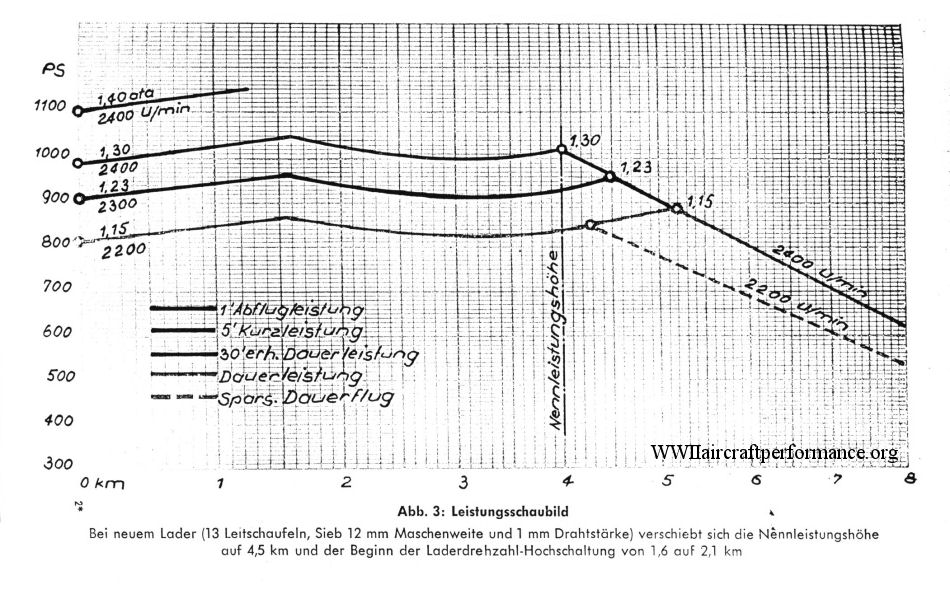
 |
|
#201
|
|||
|
|||
|
I know that there no Boost button but under a FM coding point of view the boost behavior is equal to WEP.
That´s because you should make overheating and damage for it so the best way is implement it in the code as is done with WEP. Last edited by Buchon; 04-25-2012 at 10:42 PM. |
|
#202
|
|||
|
|||
|
Quote:
I would bore the cylinder and put a .003 inch clearance in the cylinder of v8 engines. I also cut valves, rods, etc, on machining equipment. Taking into account this was a long time ago in engines from the 1960's. the engine parts from the 1930's and 40's were still much older and had much different metal properties that the engines I worked on... and now they are completely different metal properties and break in periods.. the differences are the metals, and cast and forged engine components.. and the rings are totally different too... The oils were absolutely different back then, they were non detergent oils... I was thinking the tolerances must have been much looser, as they really didn't have time to run long break ins to get performance. The altitude difference and the condensation from going up and coming down in altitude is considerable and must have introduced a lot more water into the engines and oil, from more open breathing designs of engines... The condensation buildup or moisture in aircraft (of any age) is significant from the changes in altitude and humidity, inside and outside of aircraft, and even more so when pressurized. Those engines must have been through hell to go into war when new, and no time to break in parts.. I could see how there could be large differences in the performance of the same type aircraft... as the first few hours of engine running made a lot of difference in the life of the aircraft parts.. so a 50-100 kmh difference makes sense..
__________________
ASUS P8Z68 V Pro Gen3 Intel i53570K 3.40 GHZ G.Skill F3-17000CL9-8GBXM EVGA Nvidia GTX 680 Video Graphics ard WD Black WD1002FAAEX 1TB Cooler Master HAF 922 Corsair Enthusiast Series TX650 V2 650W 46" Samsung LCD HDTV Win8 x64 |
|
#203
|
||||
|
||||
|
When they say "boost" they just mean manifold pressure i.e. the throttle setting. The term doesn't always refer to any kind of emergency power. The overheating behaviour doesn't necessarily correspond between the aircraft capable of operating at +12lb/sq. in. and previous variants because different fuels were used. What was previously unsafe using 87 octane fuel would be achievable for limited periods and what was previously a 5 minute limit might then be a 15 minute limit, etc. Likewise there might be no changes to some of the operating limits. The devil is in the details. It's a struggle to find all the details because amendments to RAF Pilots' Notes and other such documents were often pasted on or clipped in as loose paper, and we usually only have scans or facsimiles of full editions to refer to.
Last edited by TheGrunch; 04-26-2012 at 12:00 AM. |
|
#204
|
|||
|
|||
|
Quote:
So to summarise as I understand it, we currently have a Spit I that has low alt performance about right for boost controlled at +4 psi (although the gauge reads +6 1/4 psi, the correct boost setpoint for 87 octane). The new plots suggest that this performance might be degraded in the patch to about equivalent to if the boost controller setpoint was +2 1/4 psi. Of course this leaves aside that frontline BoB Spit Is had 100 octane and a modified boost control cutout that increased the boost setpoint to +12 psi, and we don't know if the devs have any plans to fix that. B6 if this is correct, I don't think the Spit I will be useable in MP, it is almost unusable now. Wouldn't it be cool if the Spit I and Hurricane boost cutout actually worked? Incidently this would tell us the octane number of the fuel in those virtual tanks. If they are unmodified and running 87, pulling the cutout at full throttle on the deck would give an instant +17psi boost. The engine would make horrible noises, lose power and become damaged in short order. Sneaking the throttle up tells you the octane, if it starts making the predetonation plinking noise (that the game seems to model) at around +7psi, it is 87. +12 psi, it is 100 octane. Greater than that, it must be 150 octane (seems a bit unlikely The boost cutout in the Spit II is a bit strange, it just unlocks a bit more boost but clearly it has 87 octane inside as it starts to predetonate at around +7 psi. EDIT INCORRECT STATEMENT with mixture/ rpm changes the Spit II will sit happily on +9 psi and go 320 mph IAS/TAS on the deck So it models 100 octane boost behaviour. But if we have to have to use Spit Is and Hurris in their pre-Battle of France fuel configuration, the original (working) boost cutout would be fun! People would be using it to squeeze a little more power from their 87 octane but blowing up motors left right and centre. A bit arcade I know but I would love seeing it in MP. Perhaps a server side setting would be useful if you didn't want it ("crew chief secretly used extra thick wire on boost cutout after what happened last time" setting). It is a problem that WEP configurations for combat edge carry little penalty if modelled correctly..because the problem is for the virtual erks or the next guy that flies your plane if problems are not addressed. Again most people would consider it arcade, but I would love to see that if you used combat concessions, you are that "next guy"...engine wear is accellerated over reality to "simulate" that effect. People would only use WEP configurations if they really thought their virtual life was in danger or interception was critical. Well, you can dream, camber BTW Ramstein, great post on engine stuff Last edited by camber; 04-27-2012 at 03:38 AM. Reason: correct error |
|
#205
|
||||
|
||||
|
iirc camber, what you see in the spit II is acurate for what you would see when the boost cut out is used, as the actual gauge at that time only went up to 8, so that is your indication of 100 octane fuel.
|
|
#206
|
|||
|
|||
|
Quote:
I will have another look offline where you can turn off the cockpit and get a higher reaching boost guage. I was basing that on flying in ATAG MP in the II and pulling the cutout, the engine was making the odd distressed noise I considered the devs use to signal predetonation at around +7psi, so I assumed 87 octane but I will recheck. Would be interesting if the II modelled a modified boost cutout system but where a confused erk but in 87 octane limiting the useful boost to +7 psi |
|
#207
|
||||
|
||||
|
when using the boost cut out with the spit II adjust the fuel mix, and the engine runs fine. Have no idea if that is historical, but thats how it is in game.
|
|
#208
|
|||
|
|||
|
Quote:
Any idea of how 1) how much total boost can you get this way and 2) how much boost can you get with a healthy sounding engine? If 2) is > +7psi you are correct, 100 octane is in the tank. Edit: In the end Spit II can happily function at +9psi and so is 100 octane Last edited by camber; 04-27-2012 at 03:40 AM. Reason: Correction |
|
#209
|
|||
|
|||
|
Quote:
  Note that "1 minute power" is only given "am Boden beim Abflug" (on ground for take-off) and not given for "in Bodennähe" (near ground level). There is nothing that indicates that "1 minute power" could be used up to FTH. But I agree that the "5 minute power" at sea level is to slow for most of the presented post-patch graphs. |
|
#210
|
||||
|
||||
|
i remember having read on these very forums, that +12 boost was cleared only in conjunction with weak mixture. however ingame i could use boost cut-out for ages whilst having rich mixture (below 3000ft).
|
 |
|
|